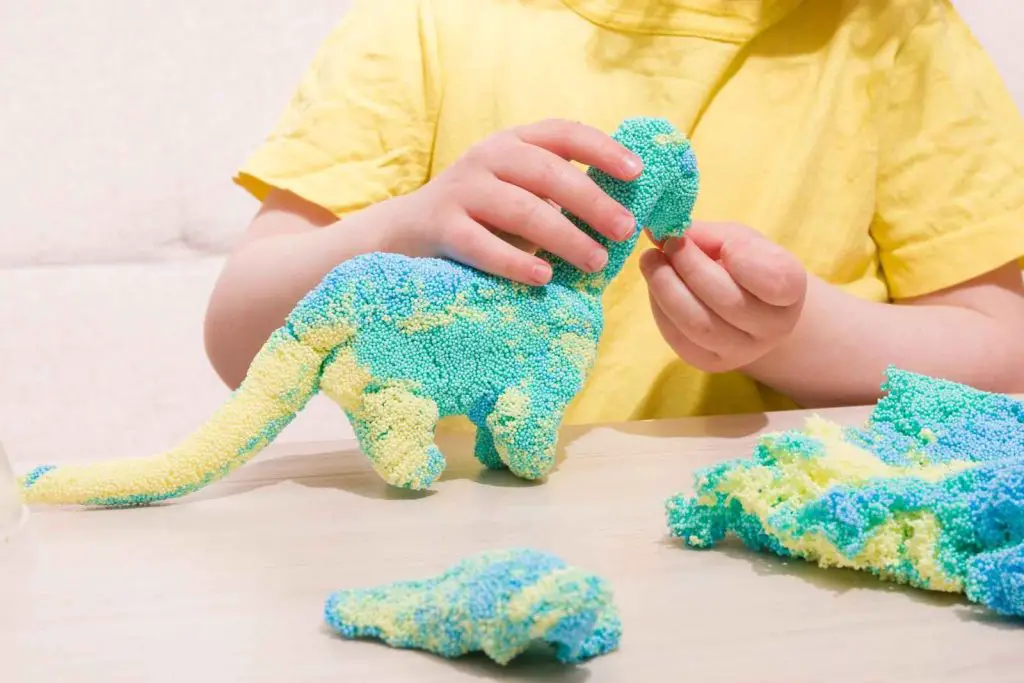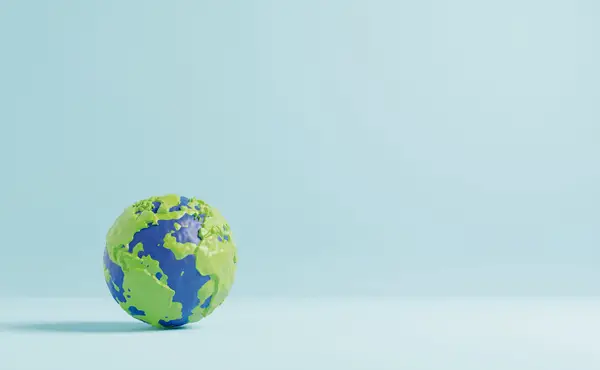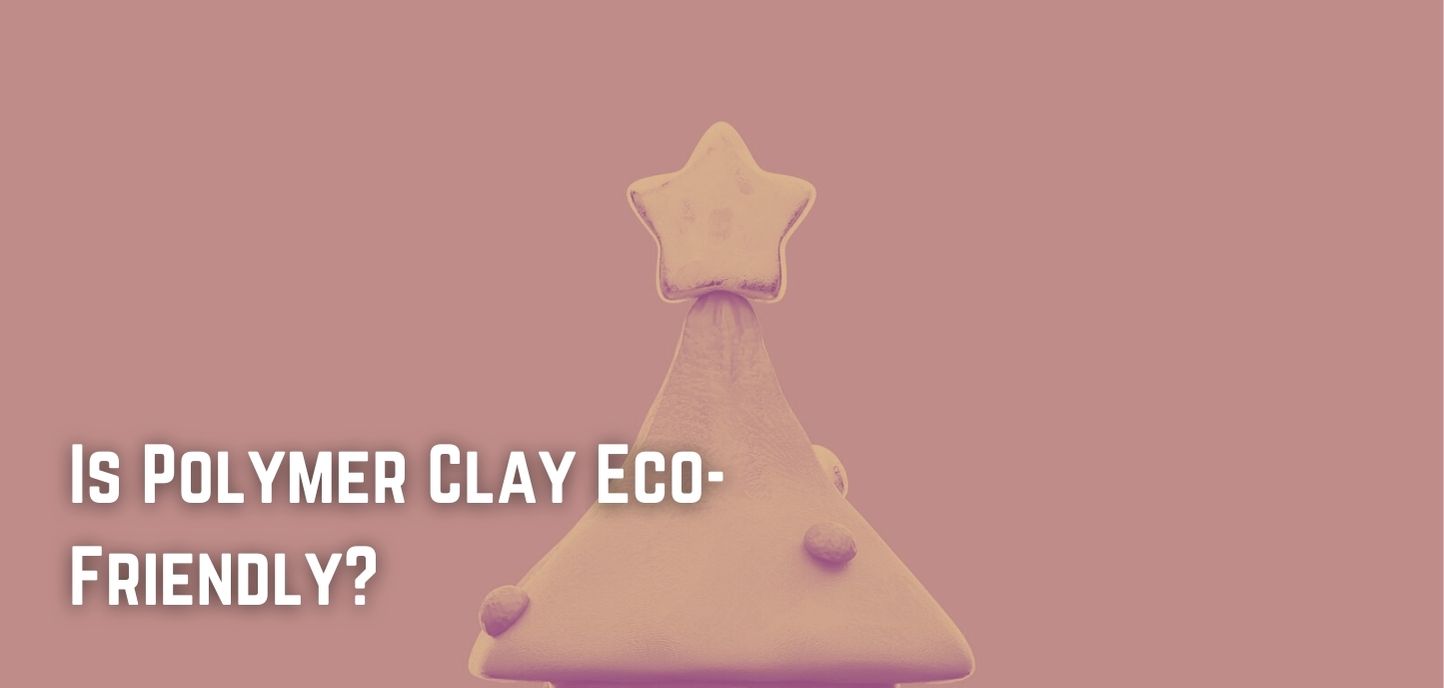Polymer clay is a crafting medium made from PVC (polyvinyl chloride) and other additives. It can be molded into any shape, and it dries hard and is durable. It is often used by artists, hobbyists, and scrapbookers to create decorative items.
But is polymer clay eco-friendly? Let’s take a closer look at this popular crafting material to find out!
Polymer Clay: An Environmental Bane or a Boon?
The straightforward answer to the much-debated question of whether polymer clay is eco-friendly or not is: it depends on how you use it. But overall, the impact of this versatile crafting material is relatively small.
Here’s a closer look at some of the pros and cons of polymer clay:
Cons of Polymer Clay
- The manufacturing process of PVC releases pollutants
The manufacturing process of PVC, which is the main ingredient in polymer clay, requires large amounts of energy and results in the release of harmful pollutants into the air. So, if too much polymer clay is produced, it can definitely have a negative impact on the environment.

However, PVC is a very versatile and durable material, and when used in polymer clay, it can be recycled many times. But it should be kept in mind that most polymer clay manufacturers do not offer recycling programs for their products.
So, while the manufacturing process of PVC isn’t environmentally friendly, polymer clay itself can be considered a green crafting material if it’s used and disposed of responsibly.
- Non-Biodegradable
Polymer clay isn’t biodegradable, so it will sit in landfills for years and years if not properly disposed of. However, when properly disposed of, polymer clay scraps and waste can be recycled to create new products with minimal environmental impact.
- Releases VOCs
Another downside to polymer clay is that it releases harmful VOCs (volatile organic compounds) when it’s being used. These gases can cause health problems, so it’s important to use polymer clay in a well-ventilated area.
Pros of Using Polymer Clay
- Safe for Kids
On the plus side, polymer clay is a non-toxic crafting material, so it’s safe for both kids and adults to use. And because it’s so versatile, it can be used to create a wide variety of eco-friendly products, from jewelry to home decor.
- Relatively small impact
Polymer clay has an overall relatively small environmental impact when compared to other crafting materials like plastic or metal. So, if you’re looking for an eco-friendly crafting material that’s both versatile and durable, polymer clay is a great option!

So, is polymer clay eco-friendly? The jury is still out, but overall, it seems that the pros outweigh the cons.
If you’re a conscientious crafter who takes care to use polymer clay sparingly, recycle any scraps or offcuts, and dispose of it properly, the impact of this crafting material is greatly reduced.
FAQs:
Does polymer clay contain plastic?
No, polymer clay is made from PVC (polyvinyl chloride) and other additives.
Is clay bad for the environment?
No, clay is a natural material that is biodegradable and does not contain harmful chemicals. Some clays may contain small amounts of lead, but this is not harmful to the environment.
However, the manufacturing process of most clays raises an environmental concern. The clay is fired in large kilns, which release pollutants into the air. These pollutants can cause health problems for people living near the kilns.
There are also concerns about how clays are disposed of after use. If thrown away, the clay will take hundreds of years to decompose. However, if recycled, the clay can be used to make new products.
Is polymer clay non-toxic?
Yes, polymer clays are considered non-toxic and safe for use by adults and children. However, it is always best to read labels and safety information before using any type of craft material.
What can I use instead of polymer clay?
There are many eco-friendly alternatives to polymer clay, such as paper clay, wood pulp clay, and cornstarch clay. These clays are made from natural materials and are biodegradable. You can also find clays that are made from recycled materials, such as recycled glass or plastic.





